Richard and Anita Schimmel arrived in Lake Havasu City with a toddler in tow on the very last day of 1969. The couple launched into the true unknown of 1970 after learning Richard’s pending job in town had evaporated into bankruptcy.
A short stint with janitorial work somehow led Richard into the interest of Karl Baker, who was an engineer for McCulloch Properties. Baker was one of two engineers assigned to the London Bridge reconstruction project.
It turned out London Bridge was the Schimmel’s fate and their financial rescue when Richard was hired on to earn an hourly wage of about $3. He worked on the project until it ended with the famous dedication Oct. 10, 1971.
On his first day, Richard found himself sorting the collection of granite stones that would become Havasu’s beloved Bridge.
“There was acreage from Walgreens to the Pioneer (now Quality Inn)” he said. “We sorted them into categories.”
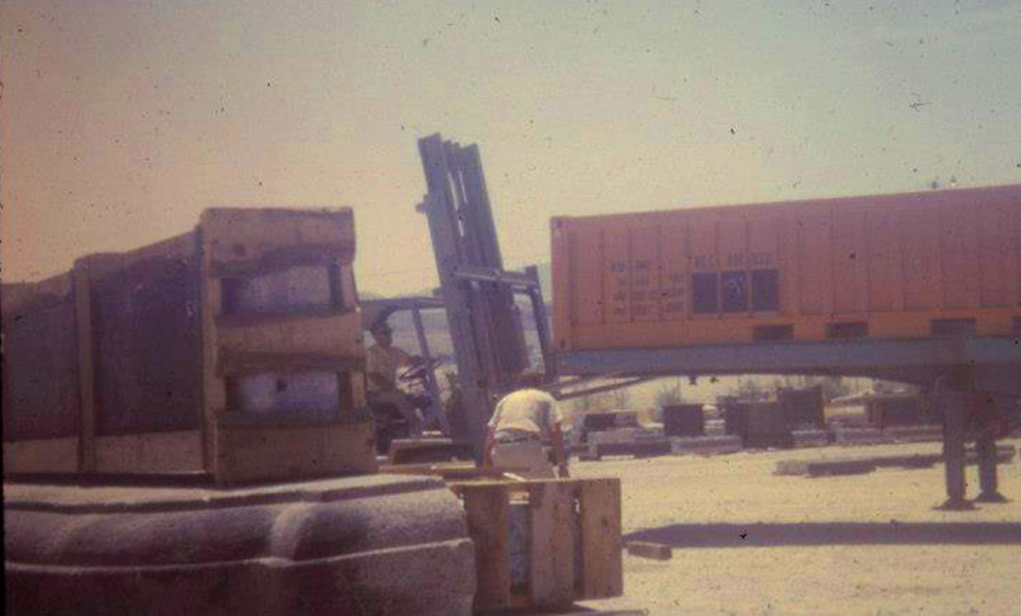
photo courtesy Schimmel Family
The stones arrived in Havasu in large metal boxes. The pieces had been packed in those boxes by crews in London, shipped overseas to a Long Beach port, and then transported by semi truck.
They were tagged with stickers. The upstream stones were tagged with green stickers, and the downstream were white. A sticker snafu had Baker board a flight to London where the riot act was read to the workers there. After that, the stickers were back in order once again, Richard said.
In all, there were 10,000 pieces. Sometimes, only two or three larger stones were packed in one metal shipping box. The stream seemed endless.
“I’ll never forget the day we started to bring the turtle shell down, they weighed 168 pounds per cubic foot,” Richard said.
With a weight-anchored contraption, the workers eased the turtle-shell bridge piling down the north side, where the bronze statues of C.V. Woods and Robert P. McCulloch stand today.
“We slid down in a straight line, hit the bottom and got stuck, we were always getting stuck,” Richard said.
The tasks changed from one day to the next for Richard at the job site. He immersed himself in dredging, operating a dozer, leveling roadways, English Village construction, and participating in money-saving strategies when it came to the constructing and wiring the lighting system that still illuminates the arches each night.
Richard told tales of getting the dozer stuck in a dredging settling pond at nearby Windsor Beach.
“It sank down in the water up to my seat,” he said. In the end, Wyoming snowbound measures of rocking were used to maneuver the heavy equipment from the mishap.
Another story centered on destroying a roadway with a fork truck as C.V. Wood traveled behind him. Wood stopped and approached the scene on foot as Richard braced for a lashing that never came. Wood merely suggested it be fixed.
“He was a pretty decent guy,” Richard said.
As the Bridge project neared completion, a growing buzz in town surrounded upcoming dedication ceremonies. Anita heard of a costume contest and signed up.
“I picked ‘Royalty,’” Anita said, “I thought I could make them look nice.”
Anita also signed up to participate in the Children’s Royalty category, too. She started right away forming concepts, gathering material, beads, buttons and lace, and sewing the pieces together. It took several months to make it happen.
On the big day, crowds gathered at the old Valley Bank, which now is Chase Bank on McCulloch.
“There was a lot of participation,” Anita said. “It was surprising how many showed up for it.”
There was a big stage and a big crowd.
Anita’s family wore the costumes. She won first-place in the Family division of the Royalty category. And, she took second-place in the Children’s division of the same category. The wins netted her $500 and $250, respectively. The prize money was handed over by Sir Peter Malden Studd, Lord Mayor of London.
“We had just bought our first house on Holly,” Anita said. “I bought a washer and dryer and sewed curtains. The money went a long way; it really came in handy.”
Injuries were limited on the London Bridge project, Richard said. One incident included Richard’s new boots when a 16-penny nail punctured the sole and stuck his foot. It happened with just three days left on the job.
Another incident was when a seven-fingered farmer from back east lost three more fingers – but on his good hand – when the task of moving Bridge stones proved catastrophic. In the end, he walked away from the Bridge with just four fingers.
The third incident Richard recalled was when a steel worker, who had preached heat stroke safety to the crews, was carted off by ambulance the very next day for nothing other than heat stroke.
The Havasu life has been good to the Schimmels blessing them with two more sons. The Bridge project opened doors for Richard’s drafting education. In the end, he landed a job working for Trico Western Engineering Firm, which was largely responsible for designing the city. He worked there about 15 years. The Schimmel’s sons include oldest Craig, second son, Cory, and youngest Chadwick.
Anita’s costumes currently are displayed at Lake Havasu Museum of History, 320 London Bridge Road, in Havasu. For more information, visit www.havasumuseum.com.
Photos Gallery Courtesy Schimmel Family:
- photo courtesy Schimmel Family
- The London Bridge under construction in Lake Havasu. photo courtesy Schimmel Family
- photo courtesy Schimmel Family
- The Bridgewater Channel before it was filled with water. photo courtesy the Schimmel Family
- photo courtesy Schimmel Family
- photo courtesy Schimmel Family
- Early photo of the London Bridge. photo courtesy Schimmel Family
- photo courtesy Schimmel Family
- photo courtesy Schimmel Family
- photo courtesy Schimmel Family
- photo courtesy Schimmel Family
- The London Bridge under construction. photo courtesy Schimmel Family
- photo courtesy Schimmel Family
- photo courtesy Schimmel Family
- photo courtesy Schimmel Family
- photo courtesy Schimmel Family
- photo courtesy Schimmel Family
- photo courtesy Schimmel Family
- photo courtesy Schimmel Family
- photo courtesy Schimmel Family
- photo courtesy Schimmel Family
- photo courtesy Schimmel Family
- photo courtesy Schimmel Family
- photo courtesy Schimmel Family
- photo courtesy Schimmel Family
- photo courtesy Schimmel Family








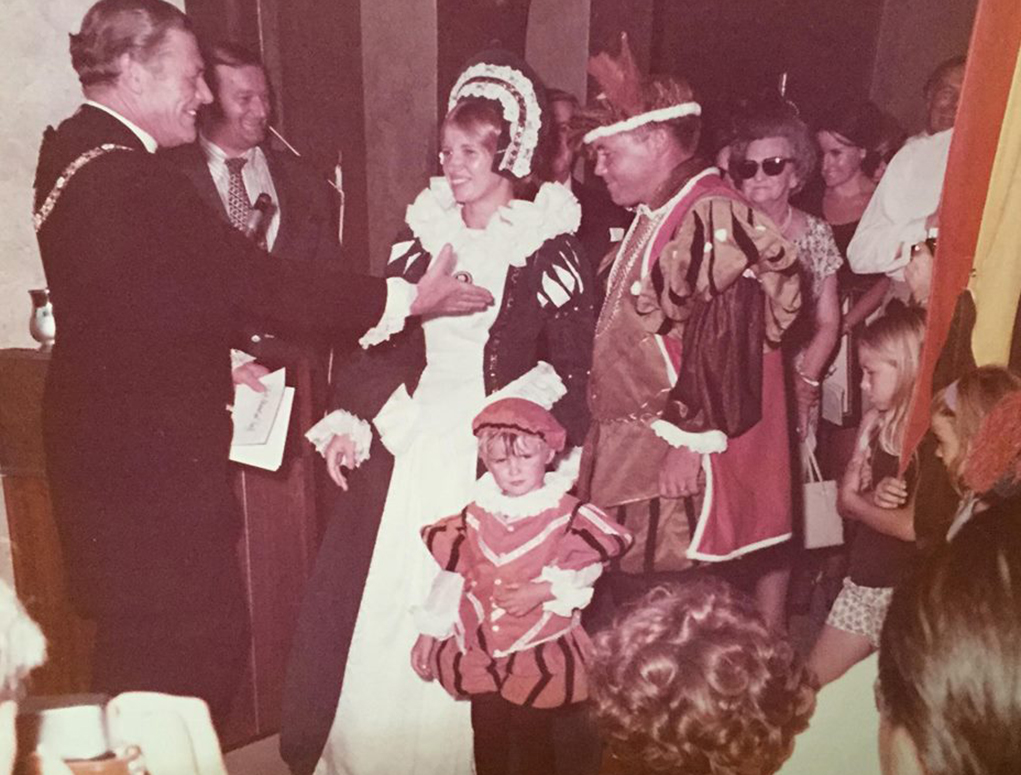




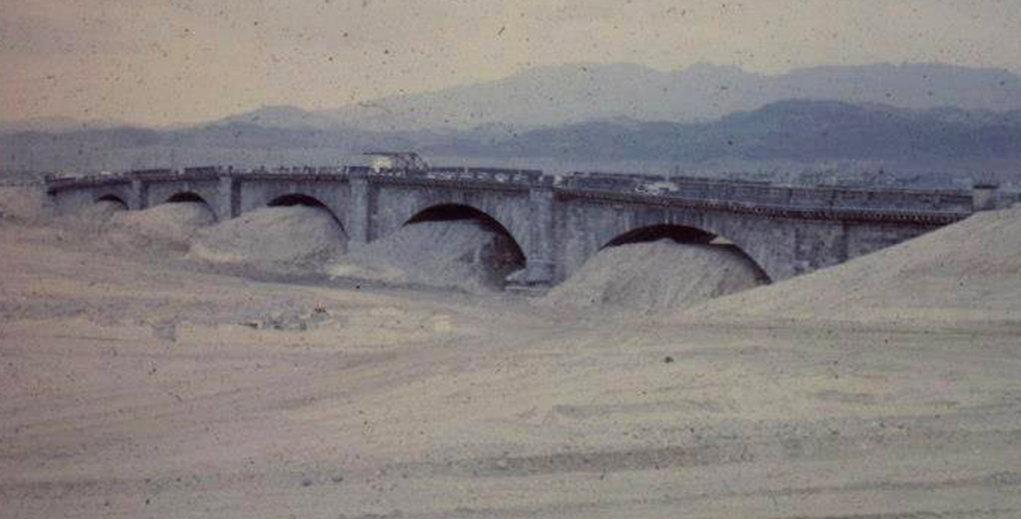
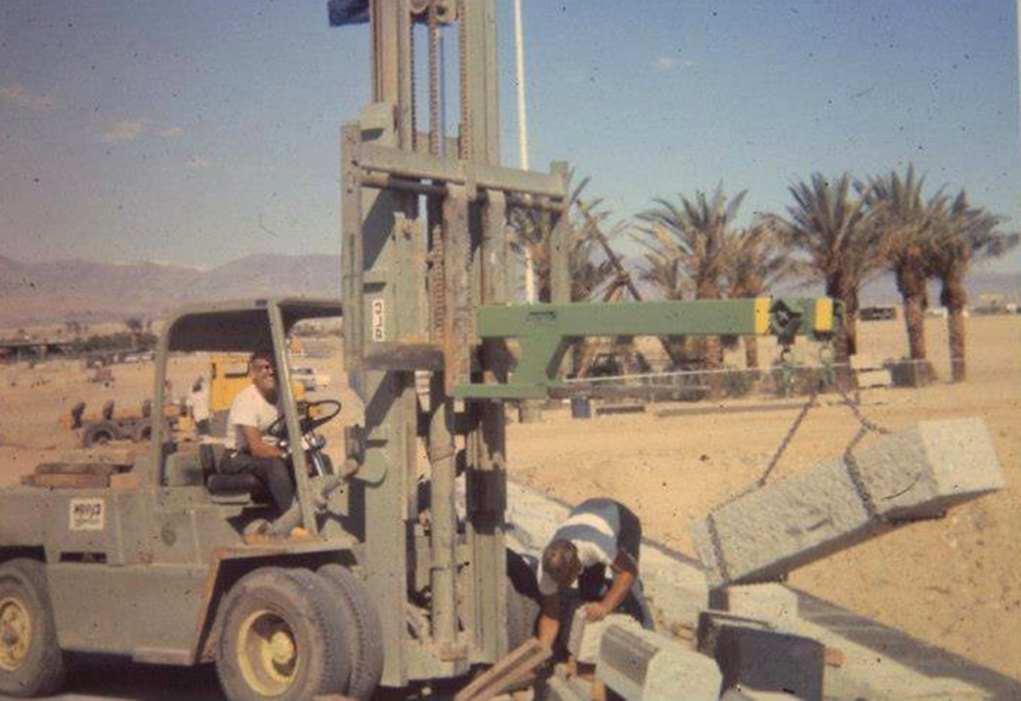
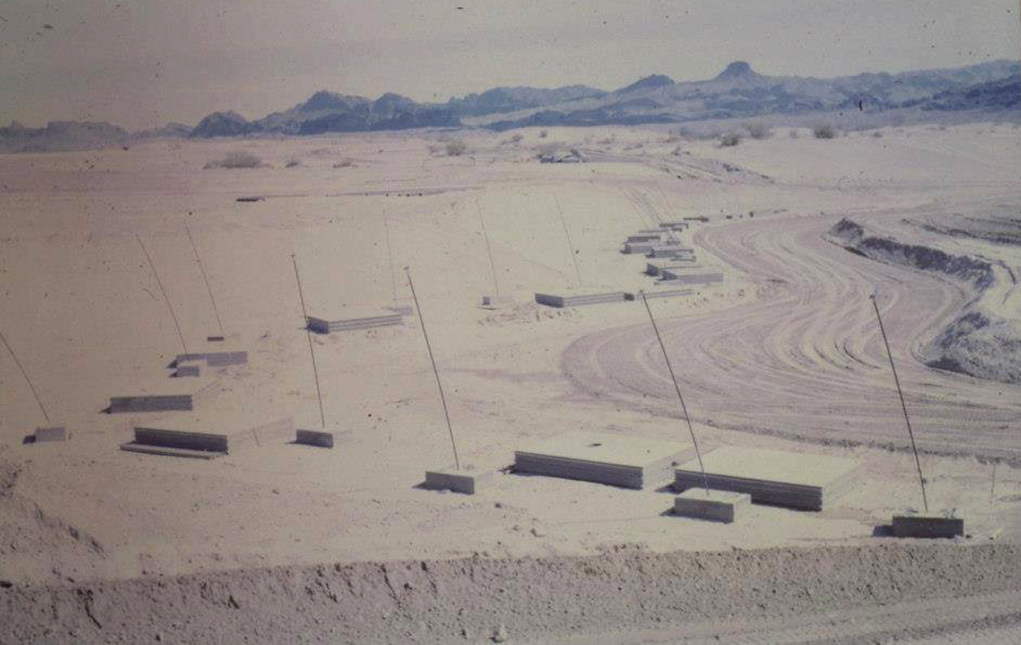

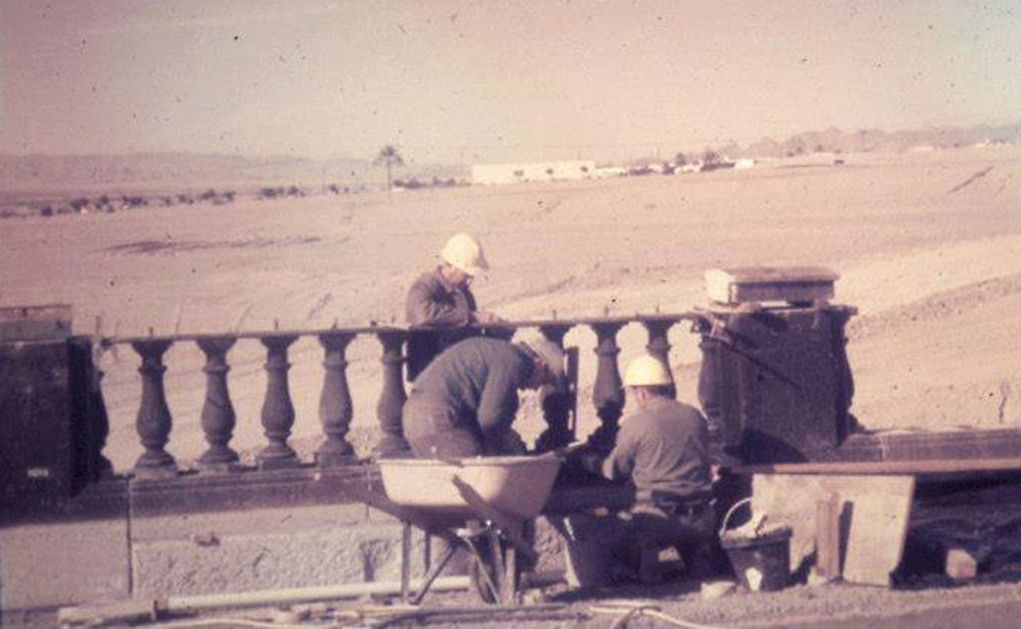
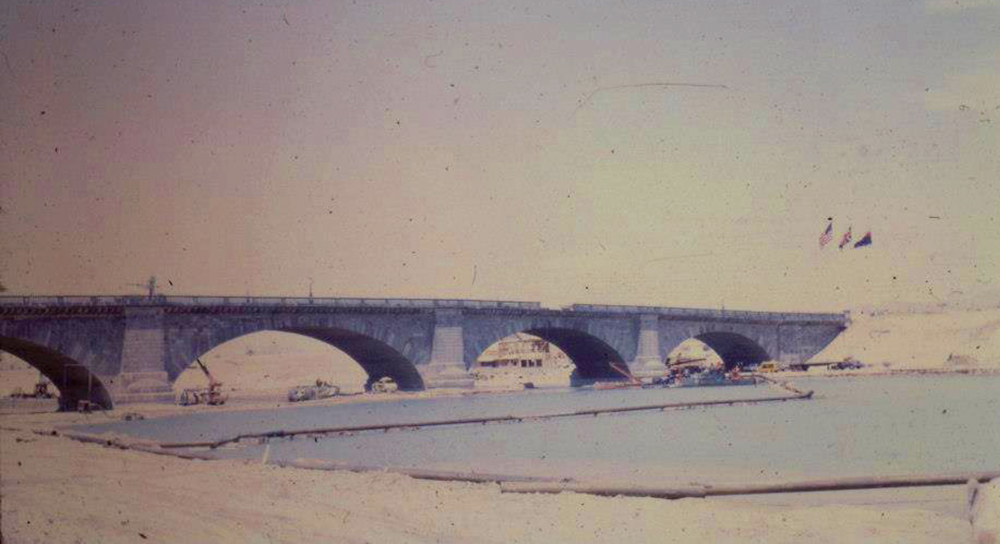
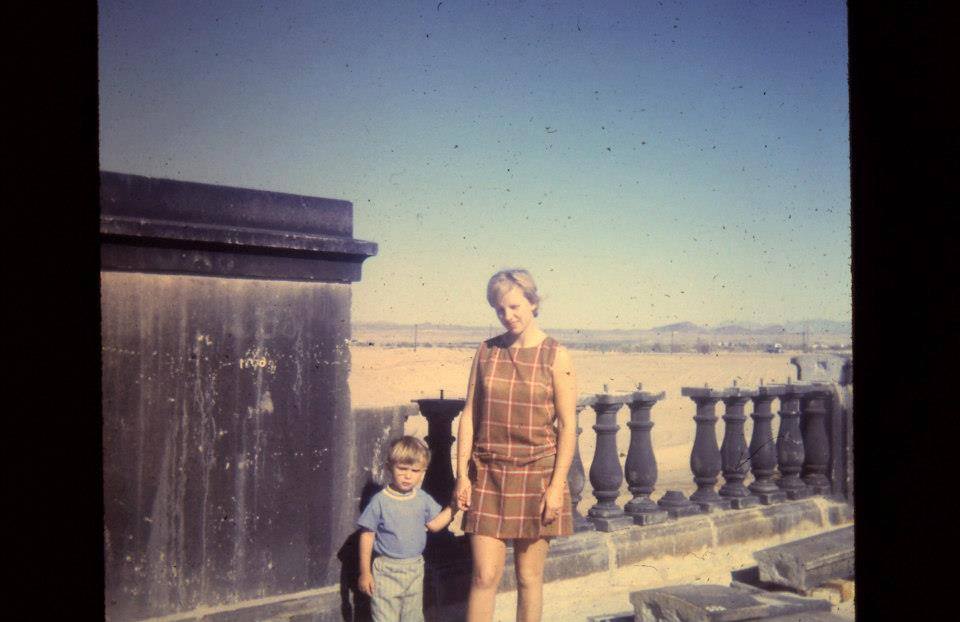
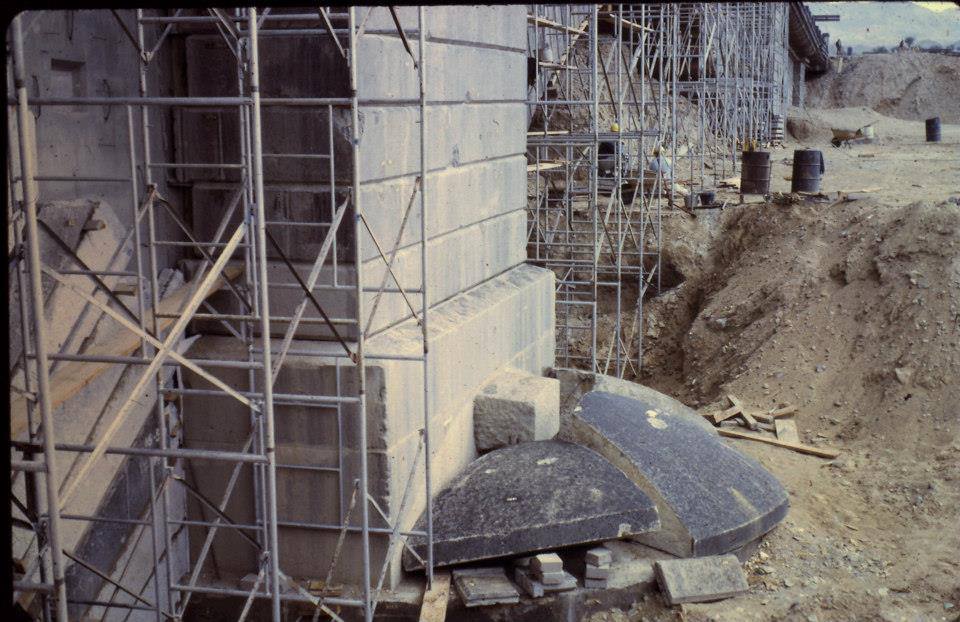
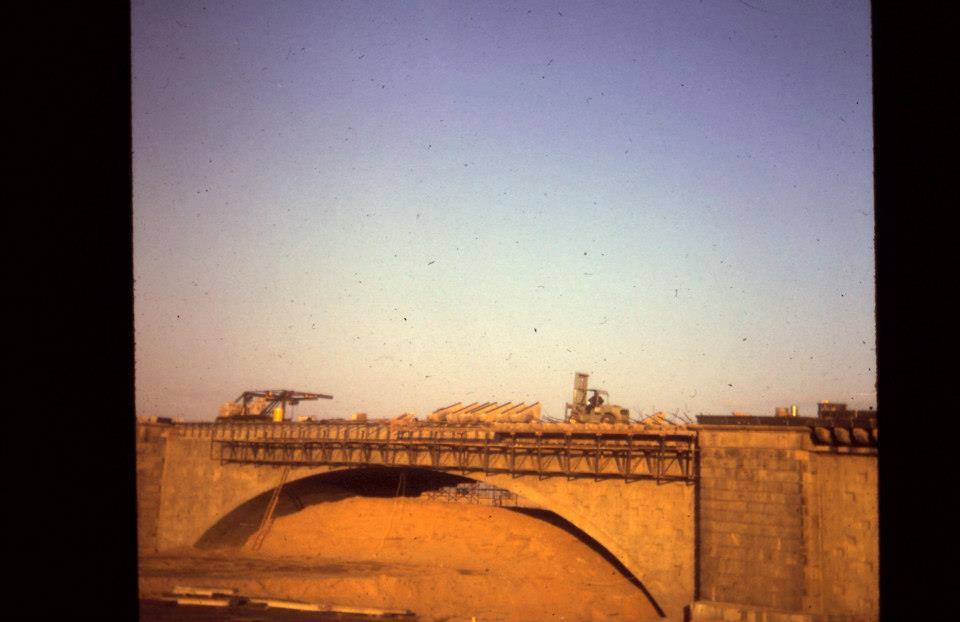

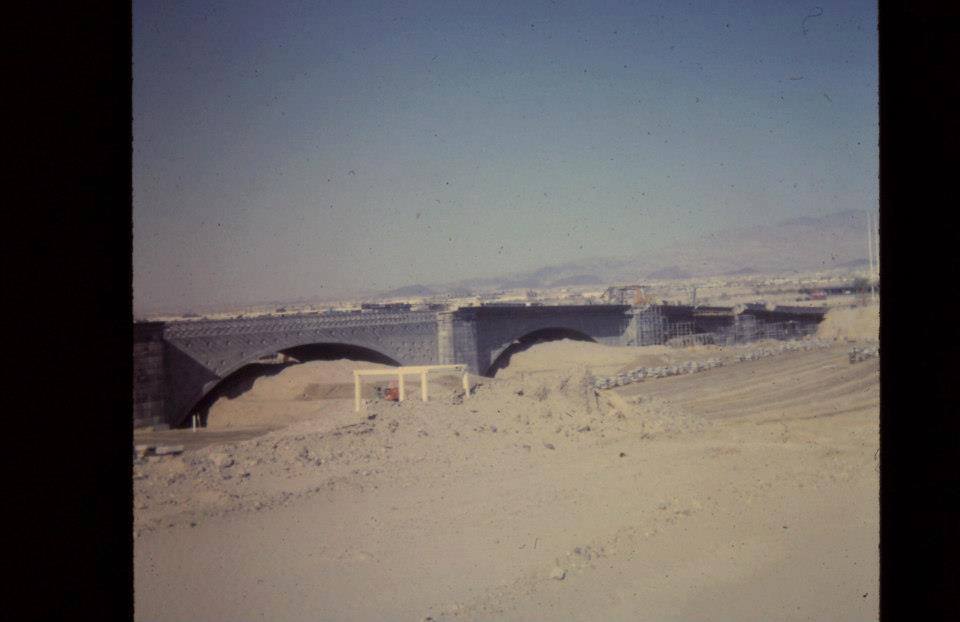
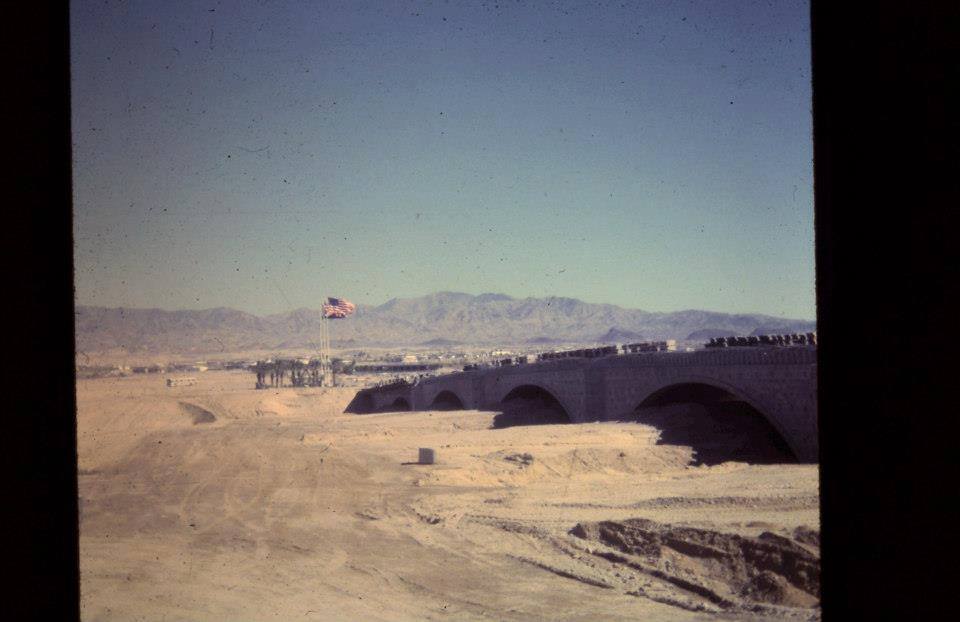

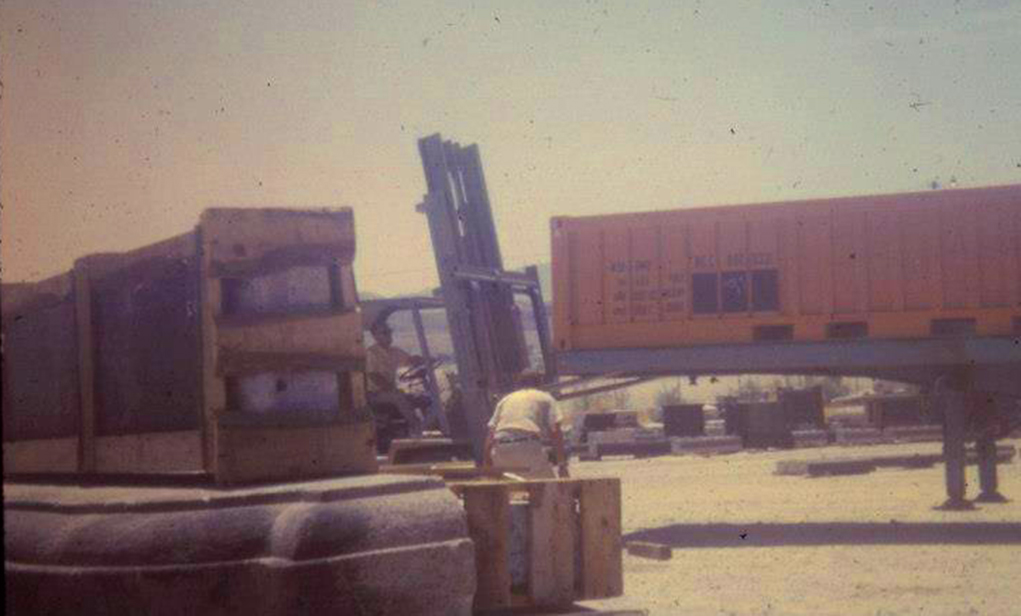
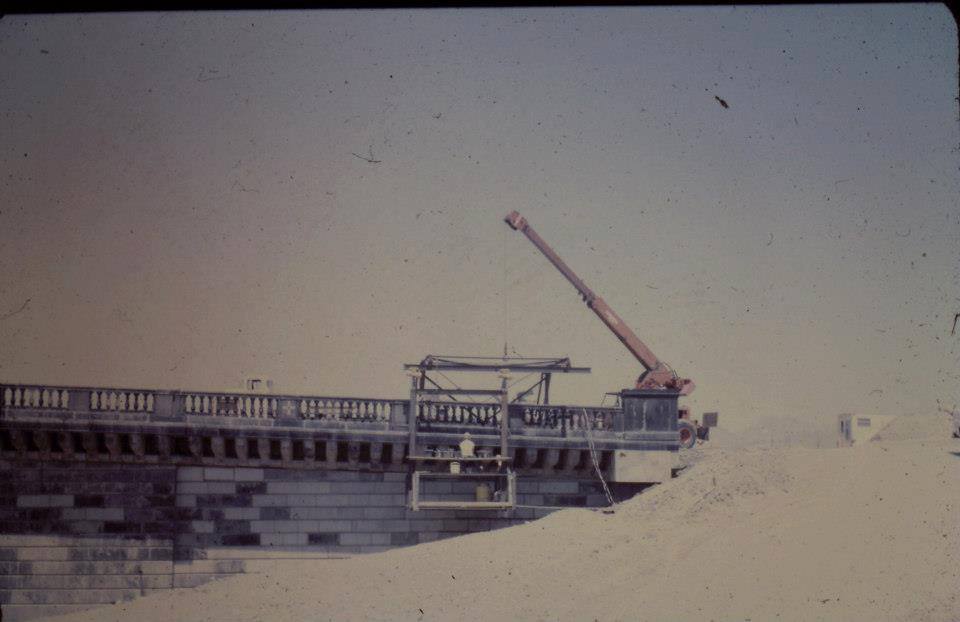

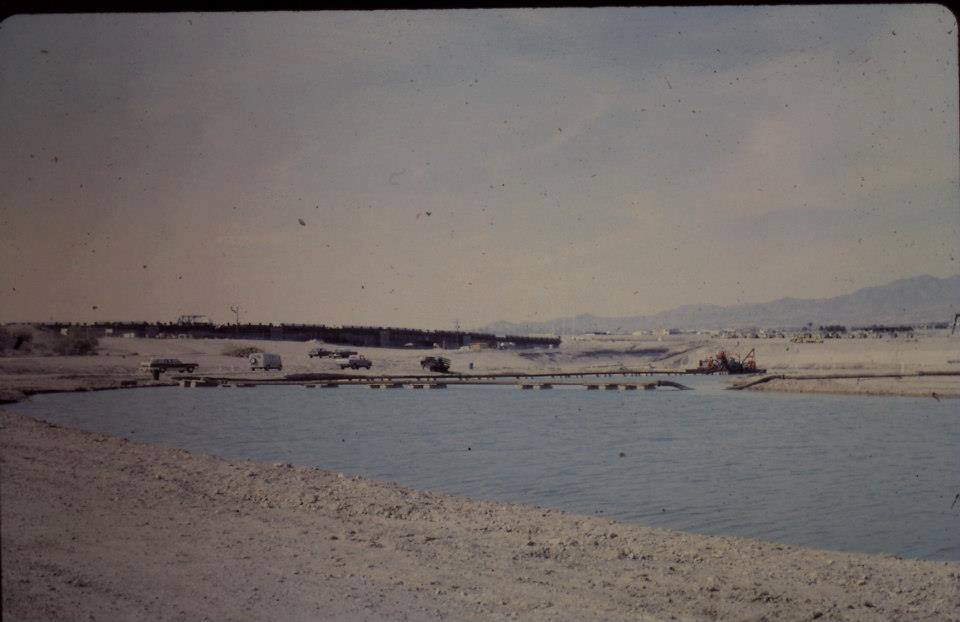
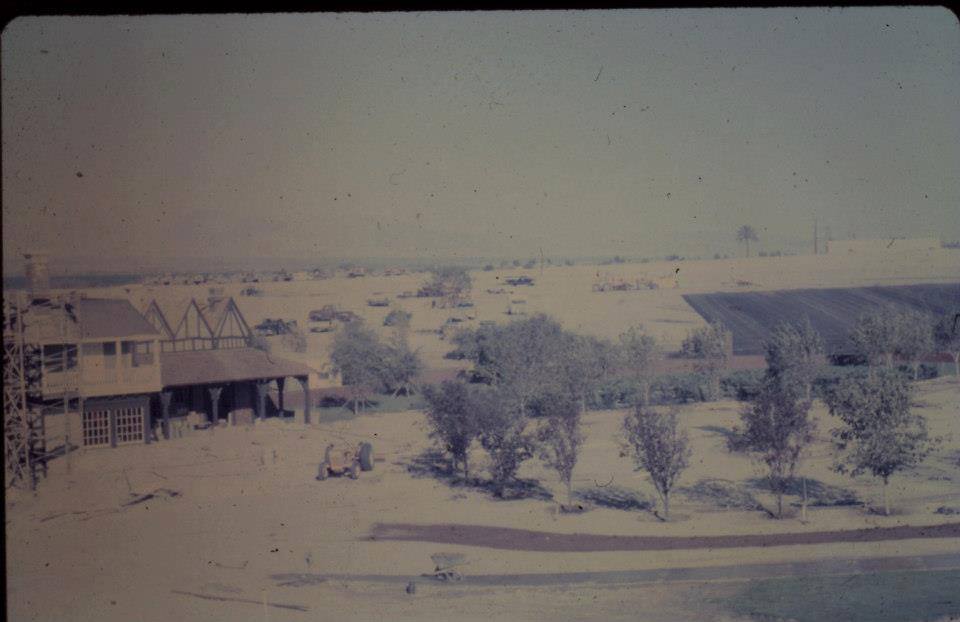

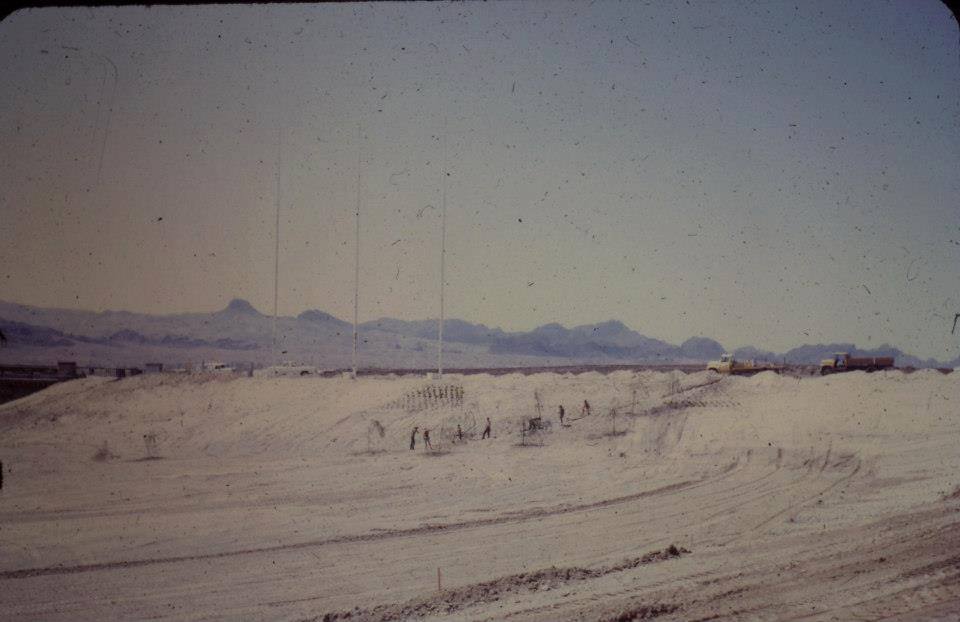


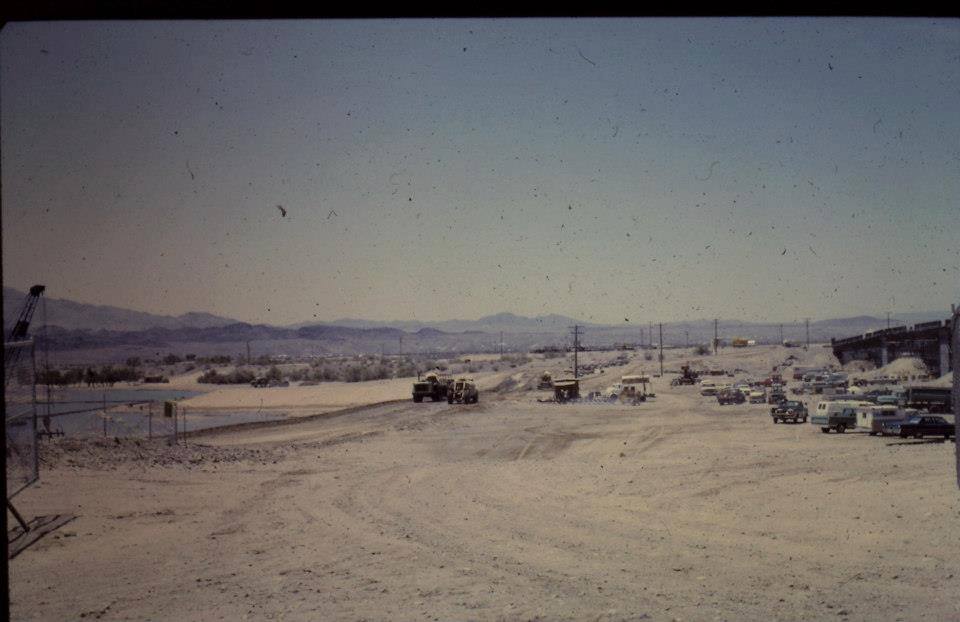
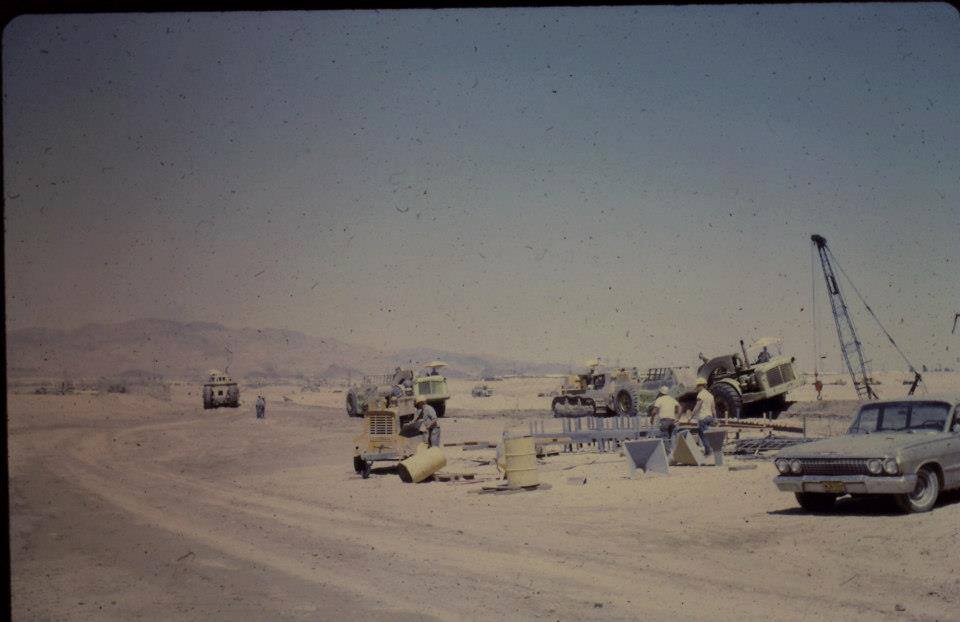

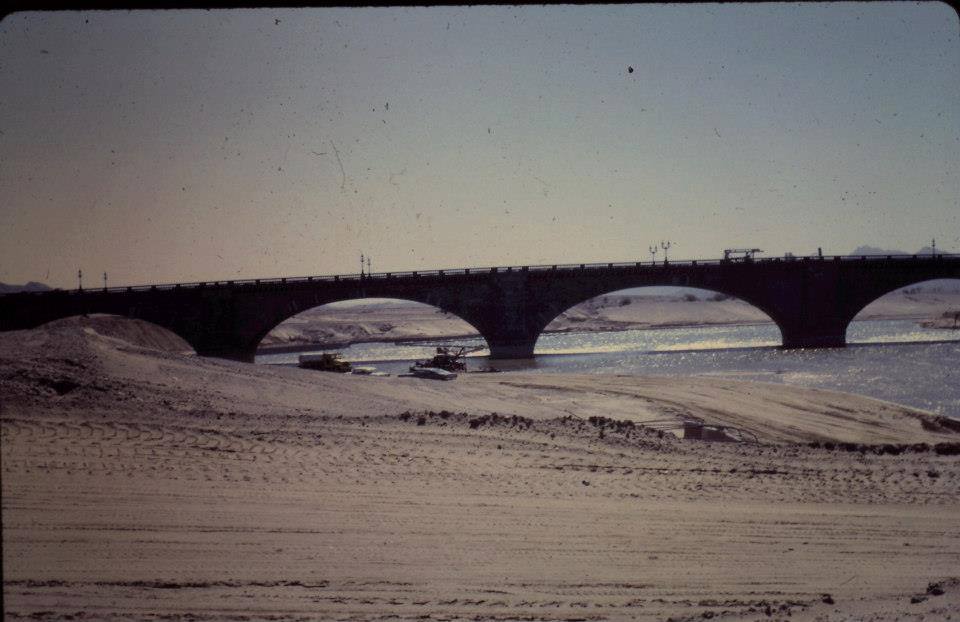
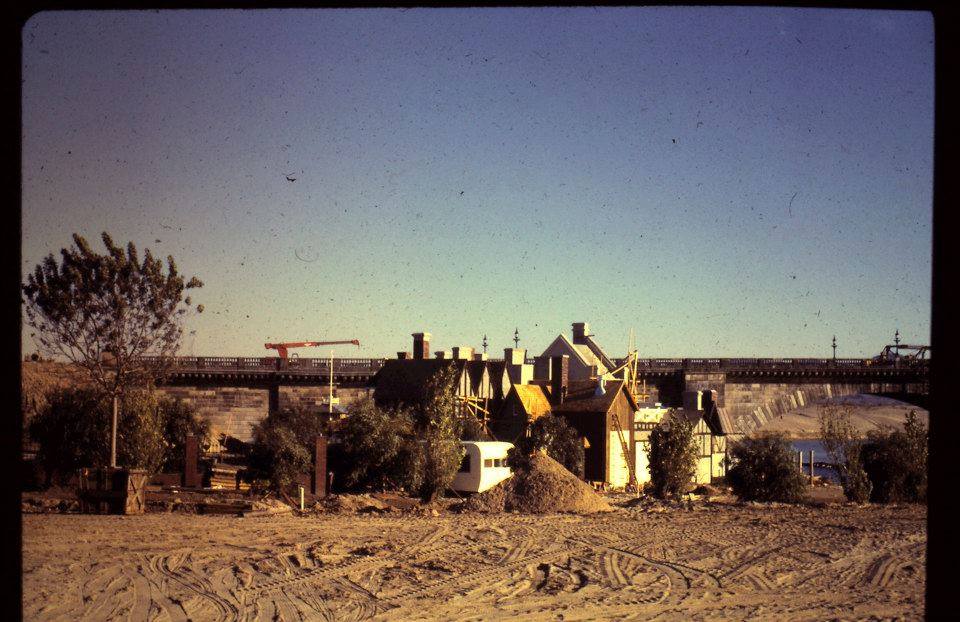
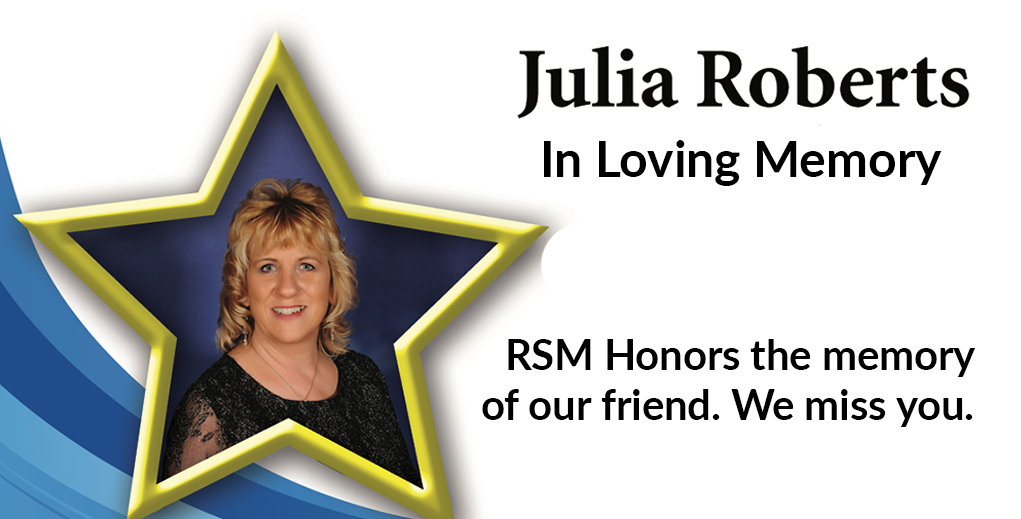

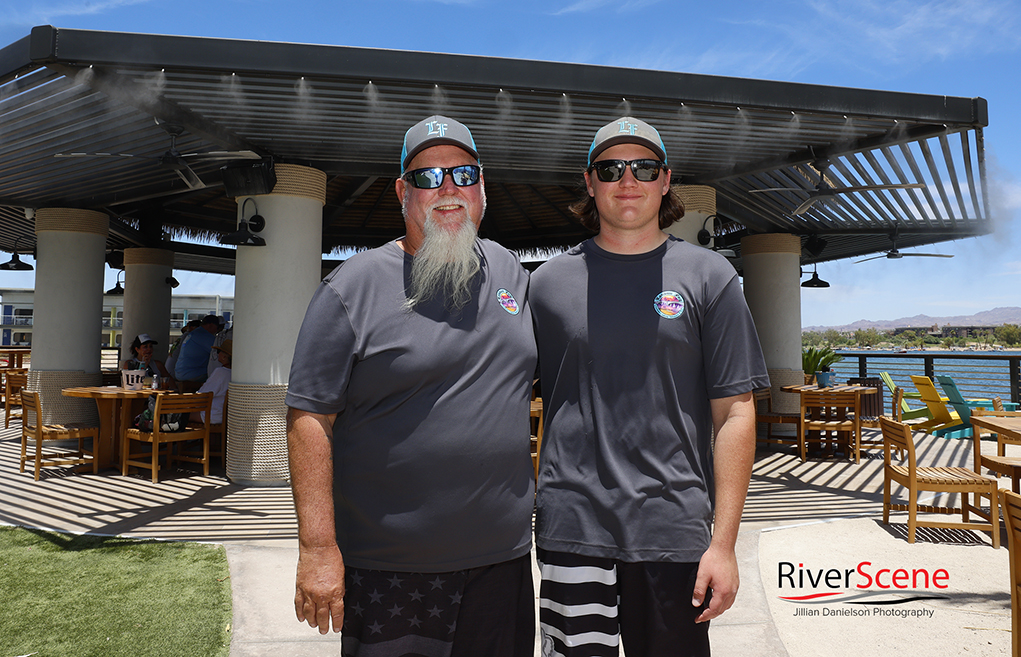
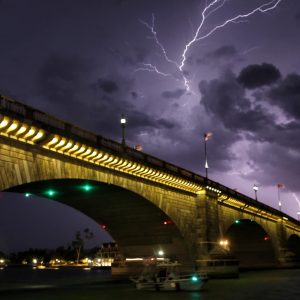
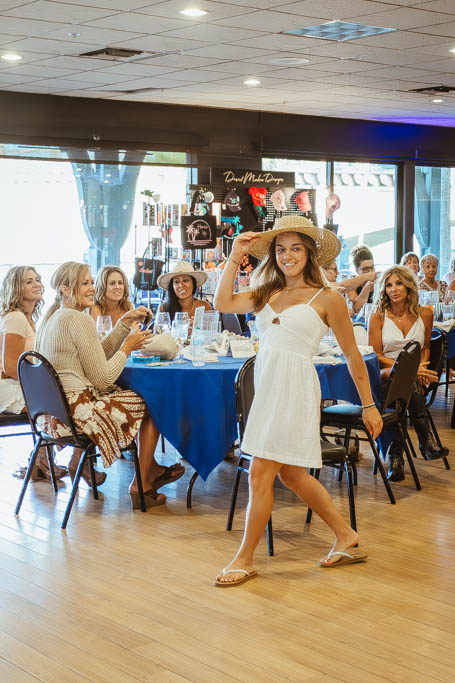

Love reading about our early day Havasu Pioneer’s experiences. I know both Anita and Richard very well and really enjoyed reading the article and pictures that Jane and Jillian did on their feature article for all of us to share. River Scene does such a good job in covering our local events and doing stories on our early day History. Keep up the good work !!